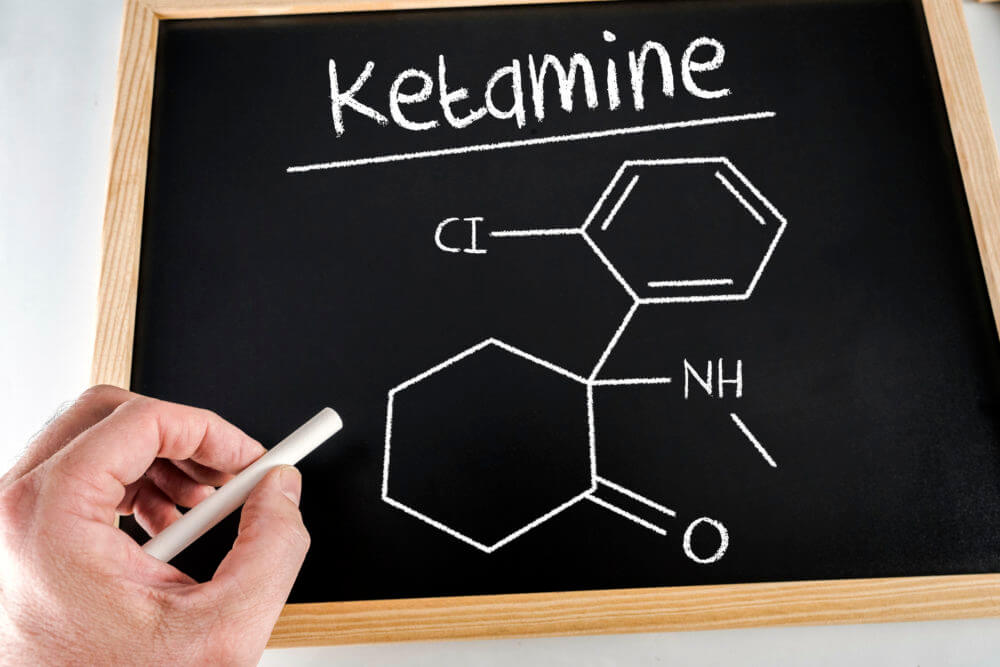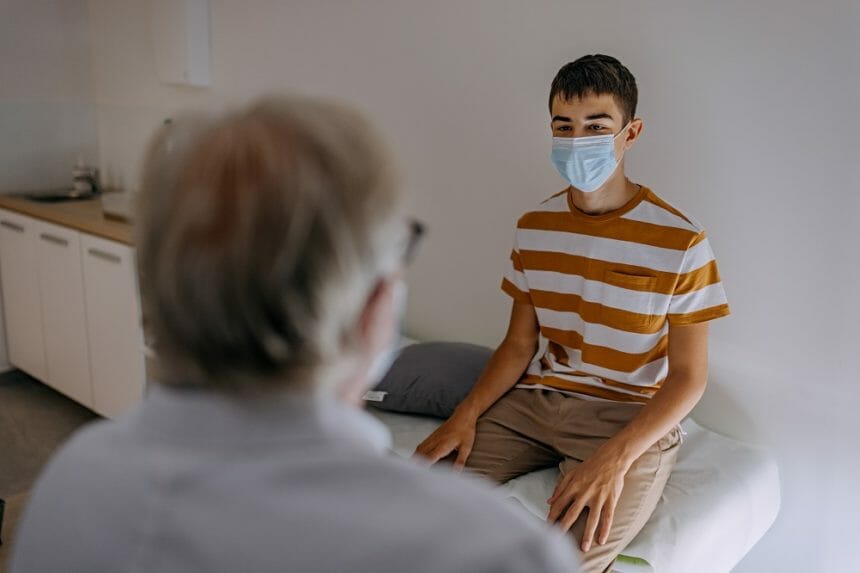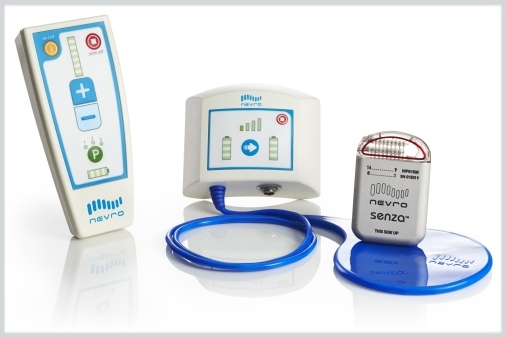With ketamine gaining more attention to combat treatment-resistant depression (TRD), we recently looked at the administration of ketamine in-clinic. Now, we’re taking a look at the administration of ketamine through in-home measures.
Patients who have not responded to at least 2 different antidepressants in the current depressive episode are considered to have TRD.1 Although most commonly used for depression, ketamine can also be utilized for posttraumatic stress disorder, obsessive-compulsive disorder, bipolar depression, and anxiety. 2
Ketamine is thought to affect the brain directly through modification of glutamatergic neurotransmission, although it has also been shown to mediate its effects through modulation of dopaminergic neurotransmission and serotonergic neurotransmission.3
We spoke with John Huber, PsyD, CEO of Tripsitters.Clinic, a 100% online clinic, based in Toronto, Canada about what in-home administration of ketamine entails.
Dr Huber: We use what we call rapid-dissolving tablets or orally dissolving tablets. It dissolves on the top of your tongue in about 30 seconds. You then would swish it around your mouth and let it be absorbed by the internal glands in your mouth. Then, when it’s swallowed, it goes through the gastrointestinal system.
One would get between 30% and 34% absorption that is actually bioavailable for reaction in your body. At the same time, your body metabolizes it quite fast. So, depending upon your individual metabolic rate, it will have a half-life of anywhere from 5 to 15 minutes. So for the average person, the whole table is out of their system within an hour of taking the medication.
Now, you still have the side effects — it’s an anesthesia, so you still have the biopsychosocial delays and psychomotor retardation which you get from using anesthesia. You’ll have that for about 3 hours. So we make all our patients sign contracts that they’re not going to drive for 24 hours, and they’re not going to make any major legal decisions when they’ve just taken their ketamine.
In a lot of ways, ketamine reduces your ability to put up those mechanisms that we use, the Freudian defense mechanisms, the ability to use denial or to otherwise protect your ego through projection, and all these types of things that we normally have in place.
At the same time, that’s exactly the advantage we have, because now, after you take the medication, and if you utilize a therapist, that therapist has a window of time that they can get to you and do a lot more therapy in that 1 session than you could in the next 3 months because those defense mechanisms are down. And it’s really beneficial for some of these hardcore patients that have been doing therapy forever and they just are stuck.
What about the chance of troubling side effects and abuse with ketamine therapy?
Dr Huber: That’s 1 of the reasons why we start very slowly. We do not give more than a 1-month prescription at any time. We have checks and balances. We follow up. Our guides, our “TripSitters,” sit with our patients online and follow up with our patients to make sure everything’s going well with them. And they visit with the physician at least once a month, sometimes 2 or 3 times a month, online.
And if a person has a prescription, say, that they take their ketamine once a week, they’re going to get a month’s worth, which is 4 doses. And that’s the control. If the patient is not communicating with us, we stop sending out the prescription until we figure out what’s going on.
Now, people and the media talk about this medication like it is super dangerous for our patients. And, in fact, it is so safe that pediatric surgeons use it as anesthesia for babies and little children.
We know that, because of the absorption rates, if we give a patient a 100-milligram tablet they’re only going to get maximum, about 30 to 34 milligrams of it viable in their system for use. We know exactly what our patients are going through, and we’re monitoring their use on a regular basis.
And if a person does happen to take too much, it’s just going to make you go to sleep. It does not suppress your respiratory system. I’ve read reports of patients who have tried to overdose on their ketamine treatments. They take all their ketamine and then they go to sleep, and they wake up the next morning. They fall asleep before they’ve taken enough to overdose.
Now, that’s not the same with street ketamine, because people usually cut the illegal ketamine with things like fentanyl, crystal meth, or cocaine. All of these can be life-threatening. We’re using pharmaceutical, medical-grade ketamine.
How do you know how much of a dosage to give a patient if the patient isn’t examined in-office?
Dr Huber: Patients are seen online by a medical professional before they receive treatment. Patients typically start with a lower dose and titrate up as we continue with treatment. The advantage of that is we can be really safe with our patients, as opposed to brick-and-mortar clinics, where one can be more aggressive as someone is right there to monitor the patient. We monitor them online with our guides, our “TripSitters.”
The “TripSitter” is online and can talk to the patient about what’s going on. They’re not doing therapy. They’re essentially a guide. They may say things based on our research such as, “You’re going to get a better response if you turn the lights down lower.” Or, “You’re going to get a better result with the medication if you have a different type of music playing,”… things like that.
What does happen if a person has a negative reaction to the ketamine treatment?
Dr Huber: The advantage of ketamine is that the main neurotransmitter it uses is glutamate. If you look at ayahuasca, psilocybin, and LSD, they use more of serotonin, norepinephrine or dopamine. So the advantages of the glutamate is it produces a gentler experience. And turning on a light for most of our patients is enough to greatly reduce, if not terminate, their whole psychedelic experience. So, there are a lot of easy ways to de-escalate that experience with our coaches.
It’s not for everybody. Nothing works for everybody. However, what we do know is about 80% of the people respond very positively, even if their situation is arrested and they don’t experience a complete turnaround.
In your experience do you consider home ketamine administration, for the most part, to be successful?
Dr Huber: With ketamine, we want them to be at a place where the ketamine itself is able to foster new neural pathways. There are also a couple of studies that suggest that ketamine may actually stimulate the growth of new neurons. But what we really like is the fact that it creates those neural pathways. So, in a lot of ways, it’s very much like rebooting a computer. It’s like when your computer is just not working right and you turn it off and restart it, and then everything works great again.
What my patients tend to say is that although they still have this trauma that happened to them, whether it was caused by their depression, their PTSD, or their anxiety, now they can kind of put that trauma in a suitcase and put it in their closet, and go to work. They can leave the house. They know that the trauma is there, but it’s not controlling everything they do.
I get that repeated over and over again, whether it is from military veterans, young ladies who have been sexually assaulted, or people who have been in heinous car accidents and are afraid to even get on a public bus. And, all of a sudden, they can get on with their lives. That’s why I started doing this in the first place.
References
- Definition of treatment-resistant depression in the Medicare population. Agency for Healthcare Research and Quality. https://www.ahrq.gov/sites/default/files/wysiwyg/research/findings/ta/drafts-for-review/trd-draft.pdf. Published August 23, 2018. Accessed April 18, 2022.
- Walsh Z. Mollaahmetoglu OM, Rootman J, et al. Ketamine for the treatment of mental health and substance use disorders: comprehensive systematic review. BJPsych Open. Published December 23, 2021. Assessed April 11, 2022. doi:10.1192/bjo.2021.1061
- Pribish A, Wood N, Kalava A. A review of nonanesthetic uses of ketamine. Anesthesiol Res Pract. 2020; 2020: 5798285. doi:10.1155/2020/5798285






